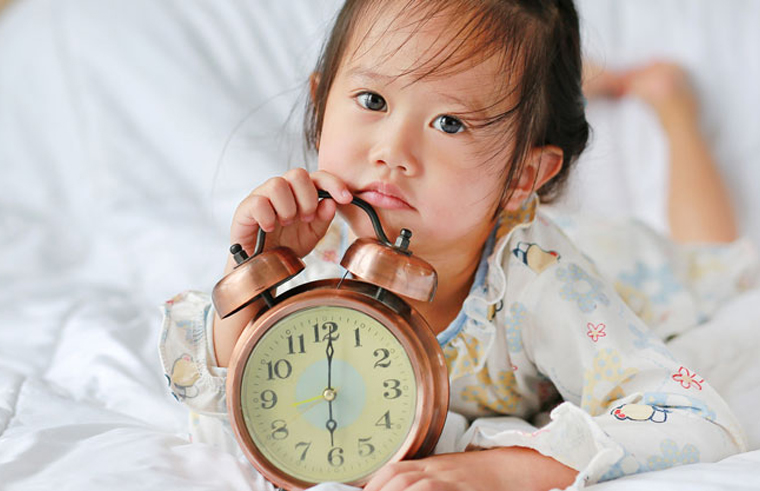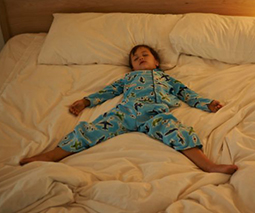Start now! How to prepare your little ones for daylight saving

Daylight saving trips me up every year. I always forget when it is for one, and then I usually have a few days of referring to the ‘old’ time and the ‘new time’ when tweaking my boys’ schedules – as in, “He’s due for a day sleep now according to the new time but he used to go down at 10.45am, so what’s that now?!”.
When you have babies and little ones, you know how disruptive a ‘simple’ one hour shift is to the routines that we’ve been fussing over and finessing for so long.
Well, this year when I turn the clocks forward an hour in the early hours of Sunday, October 3, I have a daylight saving game plan. This year I won’t be late dropping them at daycare because they slept in. I will have adjusted their body clocks! Well, hopefully.
Here’s what I’ll be doing if you’d like to try it too:
Tweak bedtimes a few days before
As our little ones’ internal body clock will be at odds with the time change, we’ll need to transition them to this gradually. So leading up to the start of daylight saving, bring their bed and nap times forward a little (say 15 minutes) each day. Do this for a few days in degrees, so she gets used to the earlier bedtime.

Wind down for bed
Yes, their bedtime will be earlier, but this doesn’t mean we’ll need to wear them out so they get tired enough for sleep. An overtired baby or toddler will only be harder to settle. Instead, enjoy more calming play and winding down activities before your usual going-to-bed routine.
Make the room darker
As the clocks will be winding forward an hour, this means a usual bedtime of say, 7pm will be 6pm according to the ‘old time’ – eek, so early! If you know your little one will struggle to nod off in the daylight, try darkening her room with blinds, curtains or even a sheet over the window. This will give the illusion that it is the usual bedtime.
Keep up the bedtime routine
A consistent bedtime routine (say, a warm bath, followed by stories, songs and a goodnight kiss) is soothing for any child. Be consistent with this even when daylight saving starts, as it will help signal to your child when it’s time for sleep.

Be patient
Even adults struggle to adjust to the shift in daylight saving, so it’s ideal if we can give our little ones at least a week to get used to it too. Try not to worry if she seems out of sorts, as she may just need a little more time to adjust.
If you, like me, tend to forget til the last minute though, don’t stress. Just start the above tips now and you should find they’ve settle in to the new bedtime routine in no time. Good luck!
 Need some more baby or toddler sleep advice? Our Parent School sleep experts can help. Click to find out more or book a one-on-one session.
Need some more baby or toddler sleep advice? Our Parent School sleep experts can help. Click to find out more or book a one-on-one session.









